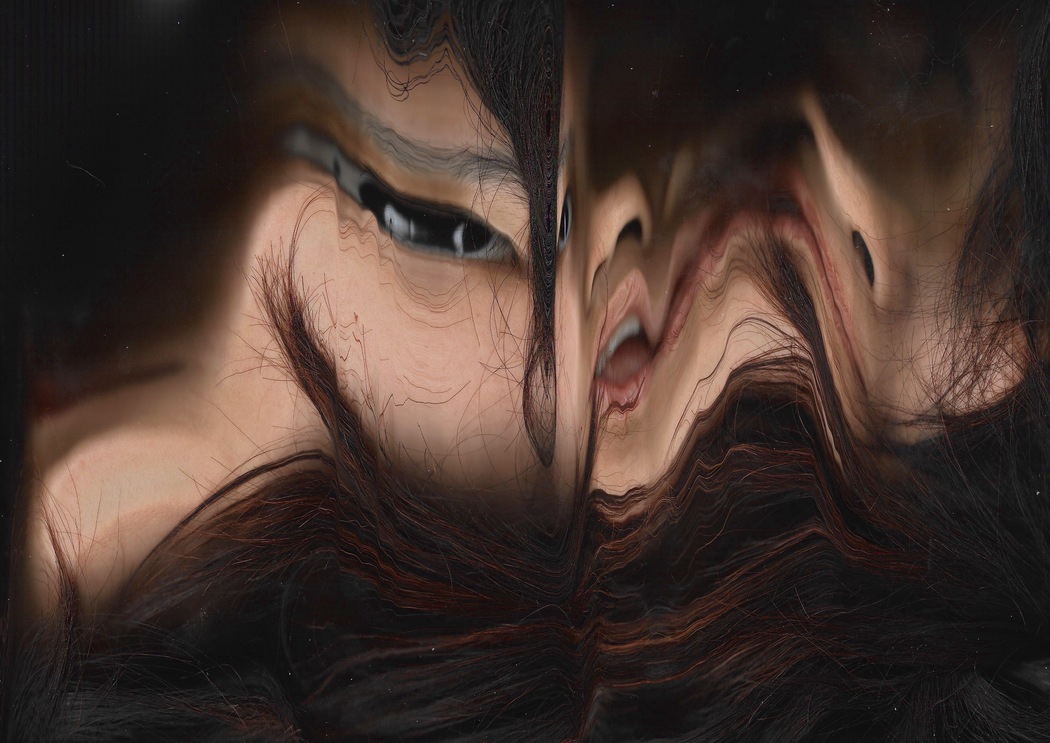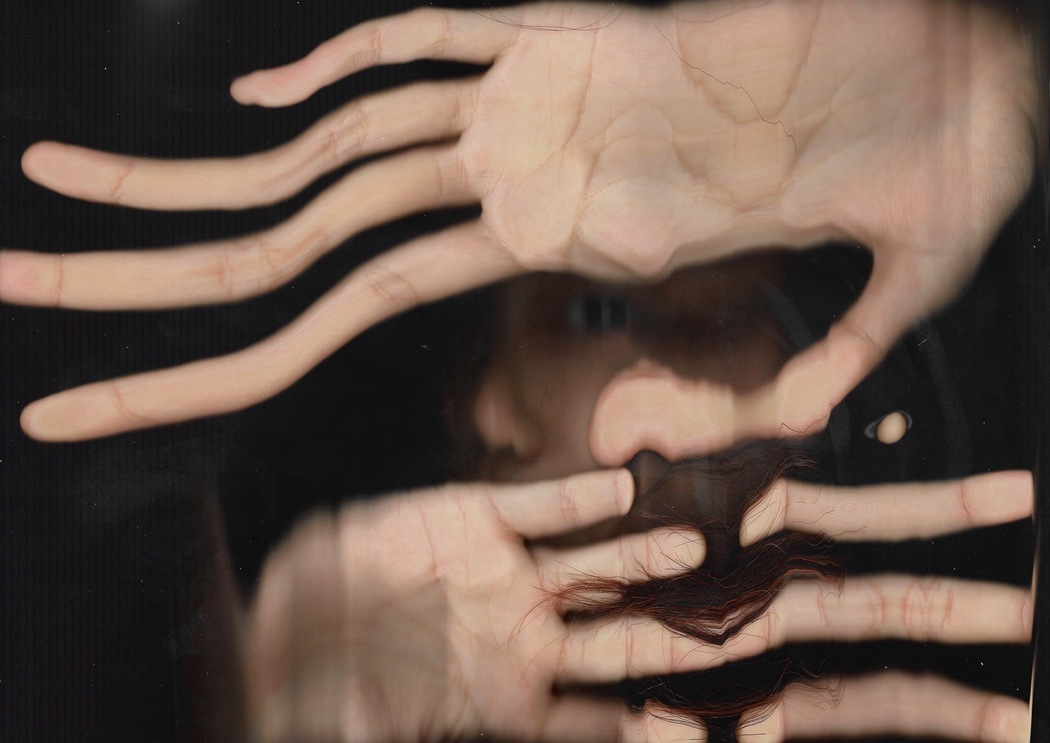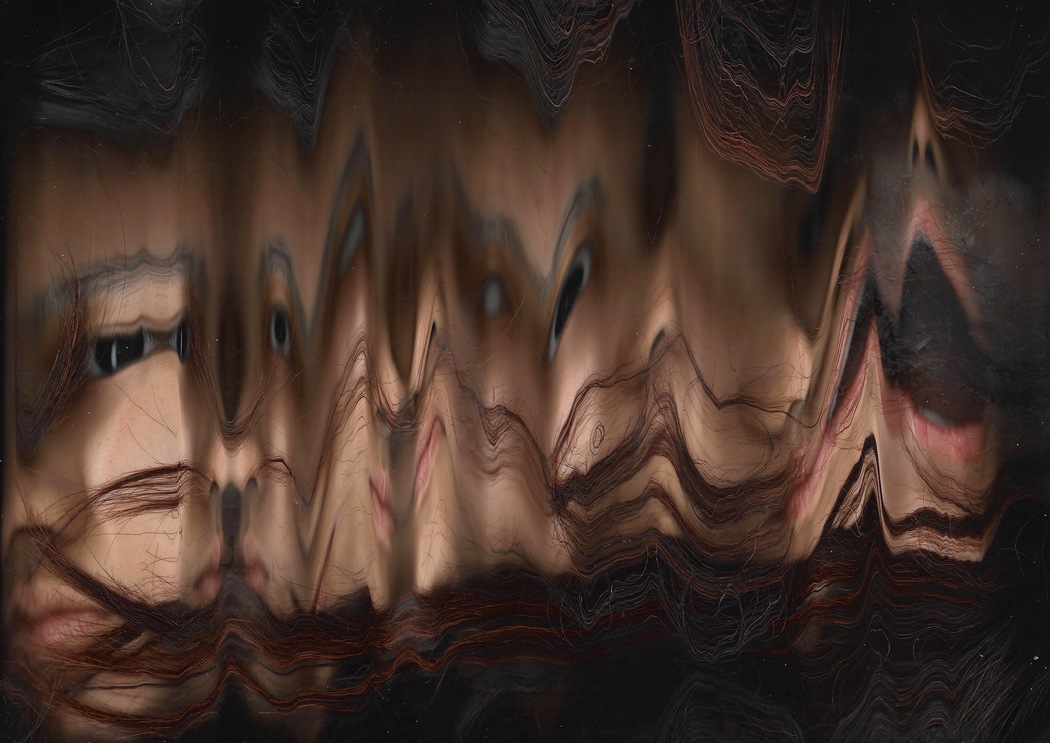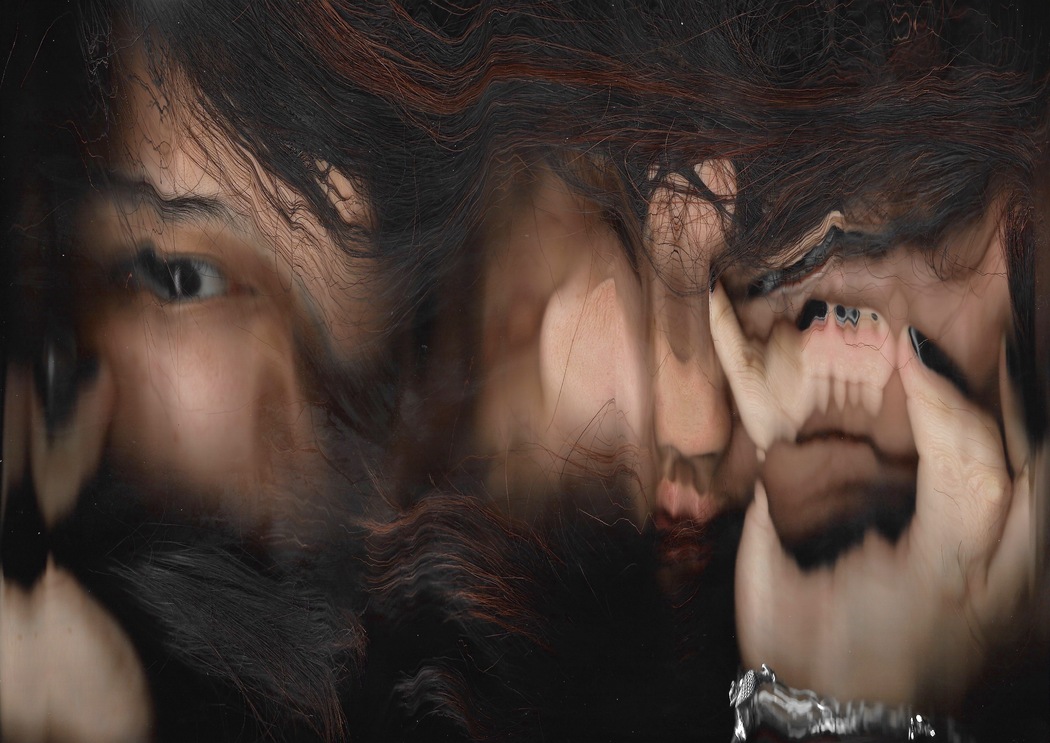Jiayi Yu
Can you elaborate on the concept of ‘distance’ in your work and how it relates to the themes of ‘touch’ and ‘touch me not’?
The concepts of ‘distance’, ‘touch’ and ‘don’t touch me’ interact to explore physical, emotional and metaphorical space. Distance usually represents physical separation or emotional estrangement, evoking a feeling of longing or tension. It implies a gulf that must be bridged, either literally or metaphorically. In contrast, ‘touch’ suggests immediacy and intimacy, symbolising connection through physical contact or emotional support. It reflects the desire to break the distance and build intimacy. However, ‘don’t touch me’ can bring resistance to this dynamic relationship, suggesting the need for boundaries. It may suggest fear, trauma or a desire to maintain control and autonomy, resisting the vulnerability that touch represents.
Thematically, distance and touch are in constant dialogue. Distance creates separation, which touch attempts to overcome, but ‘don’t touch me’ complicates this interaction by enforcing boundaries. This creates a tension between the desire for connection and self-protection. Touch evokes vulnerability and intimacy, whereas ‘don’t touch me’ emphasises the importance of maintaining personal space. The relationship between these concepts reflects the emotional entanglement between intimacy and independence, highlighting the push and pull between the desire for closeness and the fear or need for distance.
You describe scanning as an extension of the skin. How does the scanning process influence the emotional impact of your artwork?
The scanning process, seen as an extension of the skin, amplifies the emotional impact of artwork by creating a sense of intimacy and vulnerability. Scanning captures every detail of the surface, much like touch, but without direct contact. This evokes closeness while maintaining distance, highlighting the fragility of the subject. Additionally, distortions from the scanning process, such as glitches, symbolize imperfections and evoke themes of memory, loss, and alienation. By transforming the body or object into a digital form, scanning deepens the emotional resonance, exploring the tension between connection and disconnection.
How did you come to choose scanning as your primary medium? Were there specific experiences that led you to this decision?
Choosing scanning as a primary medium often stems from a fascination with its unique ability to capture intricate details and textures while maintaining a sense of distance and detachment.
Your work seems to focus on the visualisation of touch. How do you think this changes the way viewers interact with your pieces?
By visualising touch in my work, I invite the viewer to engage with the work in a more intimate and sensory way. Haptics as a sense of touch evokes emotions and memories, and by visualising it creates a space that encourages the viewer to imagine the sensations behind the image. This deepens their emotional connection as they not only see the work but also feel it on a sensory level, imagining the textures, pressures and vulnerabilities.
In addition, haptic visualisation introduces a layer of empathy, whereby the viewer can personalise the interaction by projecting their own tactile experience onto the artwork. This engagement blurs the line between sight and feeling, making the viewer’s experience more immersive and sensual. There is no physical contact, but there is a suggestion of physical contact, which also emphasises the themes of distance and intimacy, subtly altering the viewer’s perception of, and relationship with, the artwork.
How do you incorporate elements of film and theatre into your scanned works?
Incorporating elements of film and theatre into scanned works can add layers of narrative, movement, and emotional tension. From film, you might draw on techniques such as framing, sequencing, and lighting to create a sense of cinematic storytelling within a still image. The scanning process, much like a film camera, can focus on specific details or zoom in and out, mimicking the way film directs a viewer’s attention. This can evoke mood and atmosphere, much like a film scene, with the scanner capturing fleeting moments or impressions of the subject.
From theatre, you might incorporate staging and performative aspects, where the scanned objects or body parts are positioned like actors on a stage. Theatricality can be reflected in how the subject interacts with space, creating a sense of drama or tension. The act of scanning itself may become a performance, where the movement of the scanner and the subject’s interaction with it suggest choreography. By merging these elements, your scanned works may evoke a sense of time, motion, and narrative, much like a live performance or a scene in a film, even within a static medium.
What role does everyday life play in the creation of your art? Do you find inspiration in routine moments or more extraordinary experiences?
Everyday life plays an important role in my artwork, and everyday bits and pieces are a rich source of inspiration. I like to create by observing some overlooked or fleeting details, even trying to retain the emotion of a moment that cannot be replicated.
How has living in London influenced your art practice, especially in terms of the themes of touch and distance?
Living in London has immersed my art practice in a fast-paced, diverse urban environment, with a deep sense of the themes of touch and distance. The density and constant movement of the city is likely to heighten awareness of physical and emotional distance, as people are often in close proximity yet disconnected from each other.
London’s cultural diversity and vibrant arts scene may also provide inspiration through the convergence of individual and collective experiences of space, touch and disconnection. The urban environment – a mix of public and private spaces – may reinforce your thinking about how people navigate proximity and separation, making these themes central to my work.





Leave a Reply